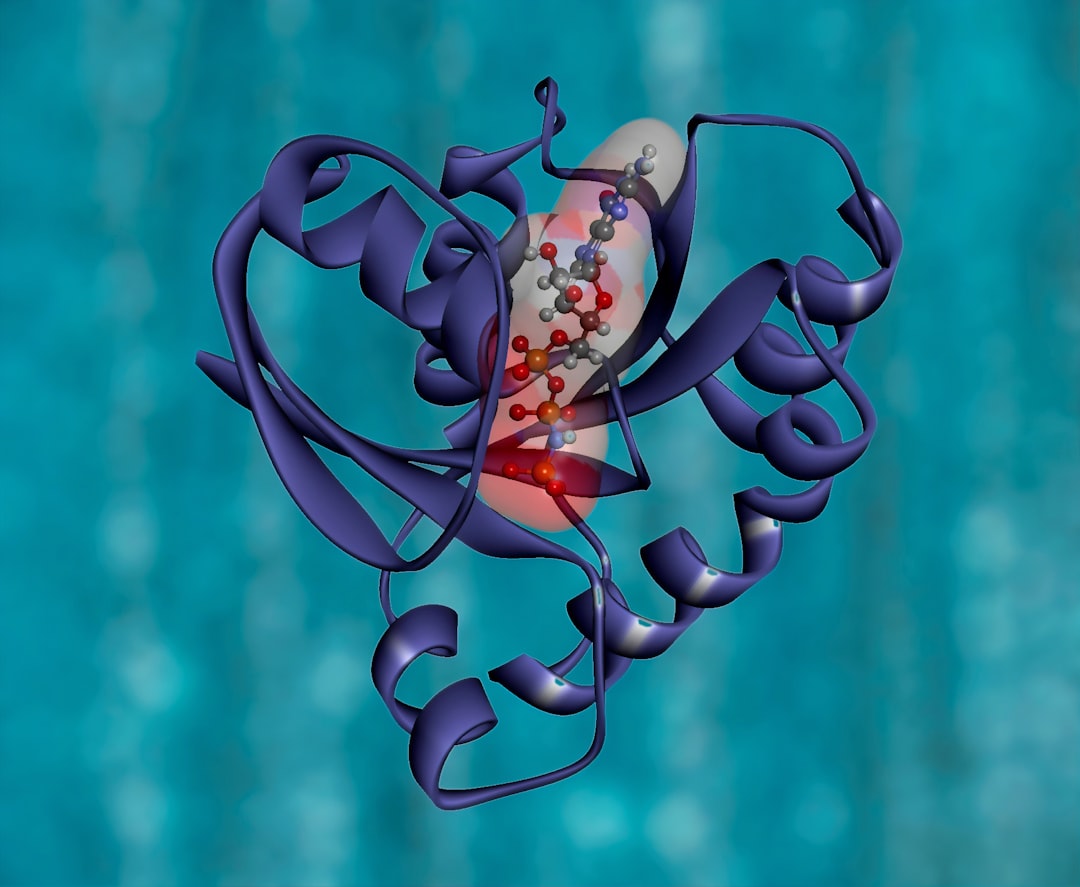What is it about?
This paper shows the effect of low-frequency noise reduction at cryogenic temperatures in a field-effect transistor in which the 2D semiconducting channel of molybdenum disulfide (MoS2) is sandwiched by hexagonal boron-nitride (hBN) layers from the both sides.
Featured Image

Photo by Christian Wiediger on Unsplash
Why is it important?
The noise reduction in a transistor is important when it is applied to a cryo-CMOS device which is used for controlling the quantum bits in quantum computers at cryogenic temperatures, because the quantum phase decoherence is usually caused by low-frequency noise originated in the transistor channels of the cryo-CMOS devices.
Perspectives
Our results contribute to the future large-scale integrated quantum computers by enhancing the quantum phase coherence in qubits.
Shu Nakaharai
Tokyo University of Technology
Read the Original
This page is a summary of: Low-frequency noise in hBN/MoS2/hBN transistor at cryogenic temperatures toward low-noise cryo-CMOS device applications, Applied Physics Letters, June 2023, American Institute of Physics,
DOI: 10.1063/5.0152475.
You can read the full text:
Contributors
The following have contributed to this page










